
Charlotte Emma Aitchison, known professionally as Charli XCX, is an English singer and songwriter. Born in Cambridge and raised in Start Hill, Essex, she began posting songs on Myspace in 2008, which led to her discovery by a promoter who invited her to perform at warehouse raves. In 2010, she signed a recording contract with Asylum Records, releasing a series of singles and mixtapes throughout 2011 and 2012.

Sophie Xeon, known mononymously as SOPHIE, was an English music producer, songwriter, and DJ. Her work is known for its brash take on pop music and is distinguished by experimental sound design, "sugary" synthesized textures, and incorporation of underground dance styles. It would help pioneer the 2010s hyperpop microgenre.

PC Music is a record label and art collective based in London and run by producer A. G. Cook. It was founded in 2013, uploading its first releases to SoundCloud that year. Artists on its roster have included Hannah Diamond, GFOTY, Danny L Harle, EASYFUN, Namasenda, and Planet 1999. The label's releases have been showcased on the compilations PC Music Volume 1 (2015), Volume 2 (2016), and Volume 3 (2022). Following a decade-long run, since 2024 the label is now only dedicated to archival projects and special reissues.
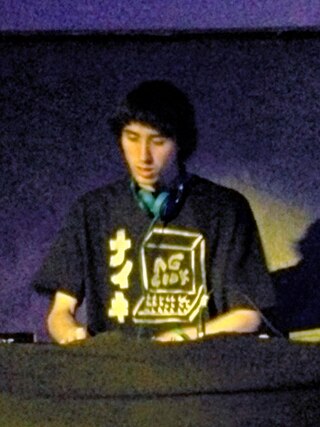
Alexander Guy Cook is an English music producer and the head of the UK record label PC Music. Cook released his first solo singles in 2014. He has also collaborated with PC Music artists such as Hannah Diamond, GFOTY, Easyfun, Danny L Harle and Felicita. He formed the one-off project QT with musician Sophie and performance artist Hayden Dunham, producing the 2014 single "Hey QT".

Hannah Amond, known professionally as Hannah Diamond, is an English singer, songwriter, photographer, and visual artist. She has recorded on A.G. Cook's PC Music label since 2013, beginning with her debut single "Pink and Blue". Her music and visual art employs an aesthetic of hyperreality and heavily produced cuteness in tension with sincerity. Diamond released her debut studio album, Reflections, in November 2019. Her second studio album, Perfect Picture, was released in October 2023.

Vroom Vroom is the second extended play (EP) by English singer Charli XCX, released on 26 February 2016 by Vroom Vroom Recordings. It features production work from English producer Sophie.
Emo rap is a subgenre of hip hop with influence from emo. Originating in the SoundCloud rap scene in the mid-2010s, the genre fuses characteristics of hip hop music, such as trap-style beats with vocals that are usually sung. The most prominent artists in the genre were Lil Peep, XXXTentacion, and Juice Wrld.

Pop 2 is the fourth mixtape by English singer Charli XCX, released on 15 December 2017 by Asylum Records. Executively produced by A. G. Cook of PC Music, sessions for the mixtape began several months before its release and featured a wide variety of guest contributions. The mixtape was backed by its only single "Out of My Head" featuring Alma and Tove Lo, released exactly one week before its release.

100 gecs is an American musical duo formed in 2015 that consists of Dylan Brady and Laura Les. They self-released their debut album, 1000 gecs, in 2019 to positive reviews, followed by a companion remix album, 1000 gecs and the Tree of Clues, in 2020. They released their second studio album, 10,000 gecs, in 2023. Their music has been noted for its often chaotic yet catchy mixture of various styles, and has been described as helping to define the 2010s genre hyperpop.

Addison Rae Easterling is an American singer, songwriter and actress. Rae rose to fame on TikTok and amassed over 88 million followers, making her the fifth most-followed individual on the platform.

How I'm Feeling Now is the fourth studio album by English singer Charli XCX, released on 15 May 2020. Released eight months after her previous LP, Charli (2019), the album was conceived in the span of six weeks during the COVID-19 lockdown in a "do it yourself" collaborative process with her fans. Charli XCX, A. G. Cook and BJ Burton served as the album's executive producers.
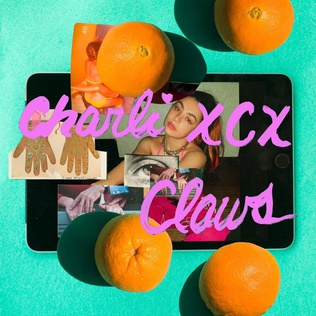
"Claws" is a song by English singer-songwriter Charli XCX. It was released as the second single from her fourth studio album, How I'm Feeling Now, on 23 April 2020. Like the previous single, "Forever", the song has three official cover artworks, designed by Timothy Luke, Naked Cherry and Sara Cwynar. "Claws" was named one of the best songs of 2020 by NME and Rolling Stone.
Elliott Ferrous Martin-Platt, known professionally as ElyOtto, is a Canadian hyperpop and pop musician. They are best known for their song "SugarCrash!", which went viral on TikTok in early 2021.

"Good Ones" is a song by English singer Charli XCX, released as the lead single from her fifth studio album, Crash (2022). The song was released on 2 September 2021. It is a synthwave, electropop, dance, and synth-pop song that discusses the singer's incapacity to maintain healthy relationships, instead being drawn inexorably back to the dysfunctional and destructive. It received critical acclaim from critics who praised its production and Charli's vocal performance, while also lamenting its short run-time.
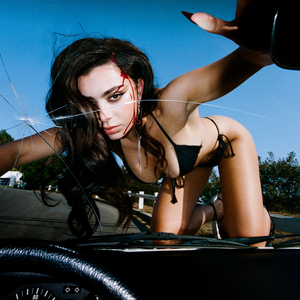
Crash is the fifth studio album by English singer Charli XCX, released on 18 March 2022. It was her last album to be released under her record contract with Asylum Records. Charli announced the album title, release date, and artwork on 4 November 2021. Her website was also updated with information about the album's 2022 tour. The album was preceded by the four singles "Good Ones", "New Shapes" featuring Christine and the Queens and Caroline Polachek, "Beg for You" featuring Rina Sawayama, "Baby" and two promotional singles, "Every Rule" and "Used to Know Me", the latter released as the fifth single in April 2022.
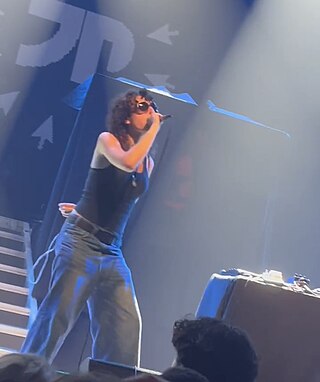
Jane Remover is an American musician. She pioneered the "dariacore" microgenre on SoundCloud with her album of the same name, released under the pseudonym Leroy. She released her debut studio album, Frailty, in 2021, which was followed by Census Designated in 2023.

"Beg for You" is a song by English singer Charli XCX featuring Japanese-British singer Rina Sawayama. It was released on 27 January 2022 as the third single from XCX's fifth studio album, Crash (2022). The song interpolates Swedish singer September's 2006 single "Cry for You". The song received widepsread acclaim from music critics. It peaked at number 3 in Malta and number 24 in the UK.
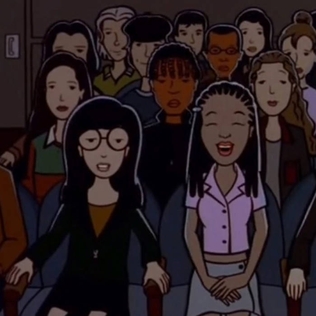
Dariacore is the debut studio album by the American musician Jane Remover under the pseudonym Leroy. It was self-released on May 14, 2021. Described as a mashup album, Remover was inspired by the musician Vektroid and SoundClown music. Its name is taken from the Daria TV series. Dariacore was responsible for the creation of a genre of the same name, which inspired a wave of SoundCloud artists, and was considered one of the best albums of 2021 by The Fader. It received two sequels.

Britpop is the third studio album by English music producer A. G. Cook. The album was released on 10 May 2024 via New Alias. It arrived five months after the announcement that Cook's PC Music label would cease to release any new material. The album is split into separate discs, similar to his debut album 7G (2020), with the three discs on Britpop representing the past, present and future of Cook's artistry. The album was supported by the singles "Silver Thread Golden Needle", the title track, and "Soulbreaker".
Ayesha Erotica is an American singer-songwriter, rapper, and record producer. Known for her elusive media image and sexually-charged music, her songs are often 2000s-inspired and feature a hyperpop sound.


















